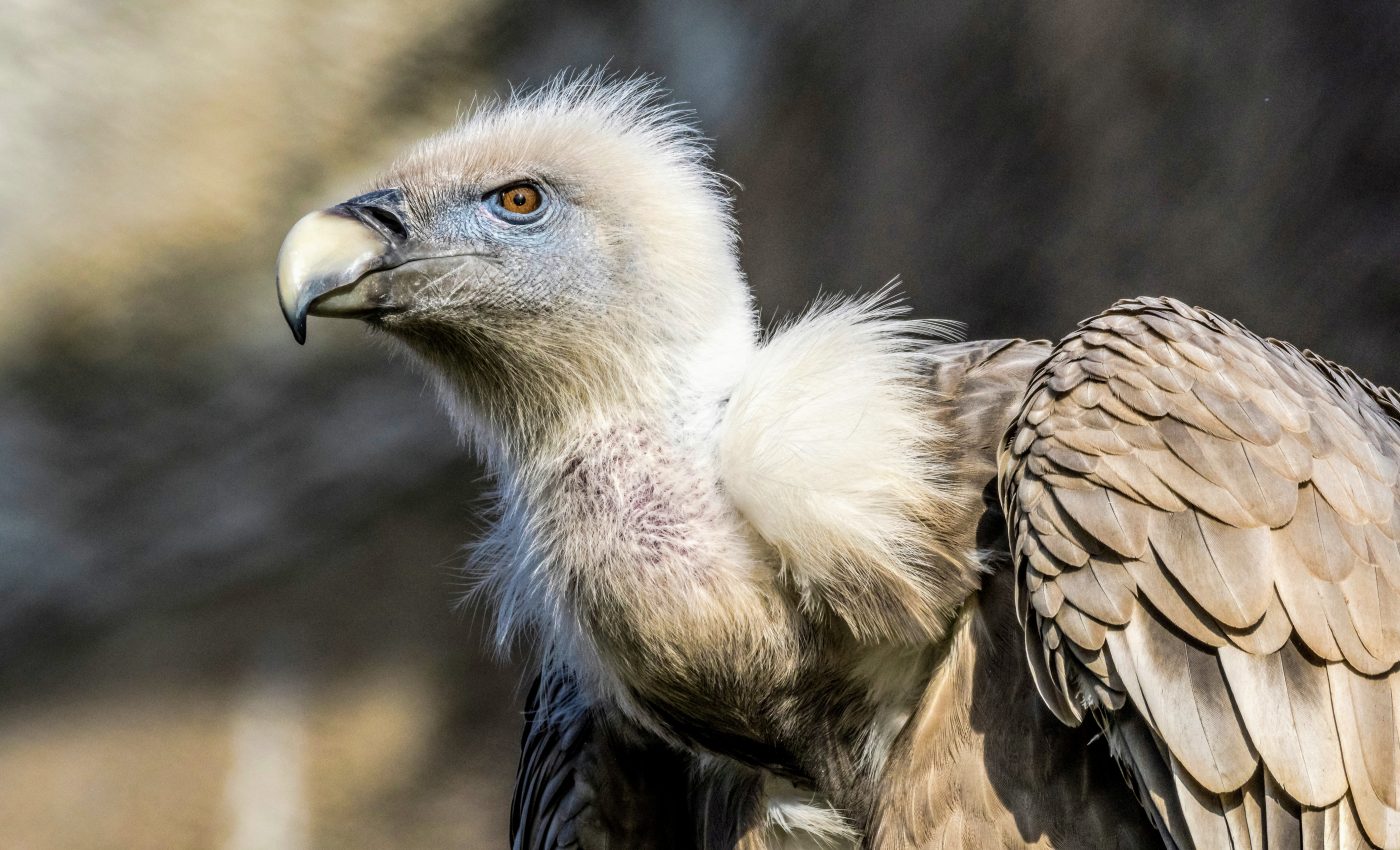
Griffon Vultures have made a remarkable recovery in Bulgaria
Decades after the Griffon Vulture vanished from its breeding ground in the Eastern Balkan Mountains, the bird has made a remarkable return to the region, according to a study published by Pensoft.
Three local conservation organizations, including the Birds of Prey Protection Society, have been working on a long-term restoration program to bring vultures back to their former breeding range in Bulgaria since 2009.
“The Griffon Vulture Gyps fulvus is a Western Palearctic cliff-nesting social obligate scavenger and one of the largest birds of prey in Europe. It used to be widespread and numerous in Bulgaria up to the 1940s, but became less frequently observed and likely became extinct as a breeding species around the 1970s,” wrote the researchers.
“The Eastern Balkan Mountains and the area of the town of Kotel were amongst the last sites where breeding of the species was reported.”
Between 2009 and 2020, a total of 153 Griffon Vultures were tagged and released from five sites in Bulgaria. The first successful reproduction was reported as early as 2016.
By December of 2020, the local population had grown to more than 80 permanently present individuals, including about 25 breeding pairs and more than 30 chicks.
“Why vultures of all creatures? Because they were exterminated, yet provide an amazing service for people and healthy ecosystems,” explained Elena Kmetova-Biro, initial project manager for the Green Balkans NGO.
According to the experts, many of the vultures were killed shortly after release due to electrocution.
“The birds predominantly forage on feeding sites, where the team provides dead domestic animals collected from local owners and slaughterhouses,” said the researchers.
“We, however, consider the establishment phase of the reintroduction of Griffon Vulture in this particular site as successfully completed.”
“The population is still dependent on conservation measures (supplementary feeding, isolation of dangerous power lines and accidental poisoning prevention), but the area of the Eastern Balkan Mountains can currently be regarded as a one of the only seven existing general areas for the species in the mainland Balkan Peninsula and one of the five which serve as population source sites.”
The study is published in the journal Biodiversity Data Journal.
—
By Chrissy Sexton, Earth.com Staff Writer













